Returning to Salzburg last week, for the first time since Covid, I’d almost forgotten what a beautiful city this is. I’ve been here umpteen times, but each new arrival takes my breath away. An ornate cluster of domes and spires, set against a backdrop of snowcapped peaks, it’s implausibly picturesque, like the setting for a movie – which is apt, because for most Britons it’s still synonymous with that kitsch classic, The Sound of Music.
Salzburg does have its schmaltzy side, but it’s also a highly sophisticated place, a city of classical music and antiquities, and it’s this blend of highbrow and lowbrow which makes it so appealing. You can go hiking in the hills and spend the evening at the opera, or you can sit in a Biergarten beneath an old chestnut tree and simply watch the world go by. I could drone on and on about how lovely it is – how in winter those spires and domes are draped with snow, how in summer they glint and sparkle in the sunlight – but I’ll spare you the flowery prose. Instead, here’s a how-to guide. I hope it inspires you to come here. Like any great work of art, Salzburg isn’t something you want to keep to yourself.
Getting there
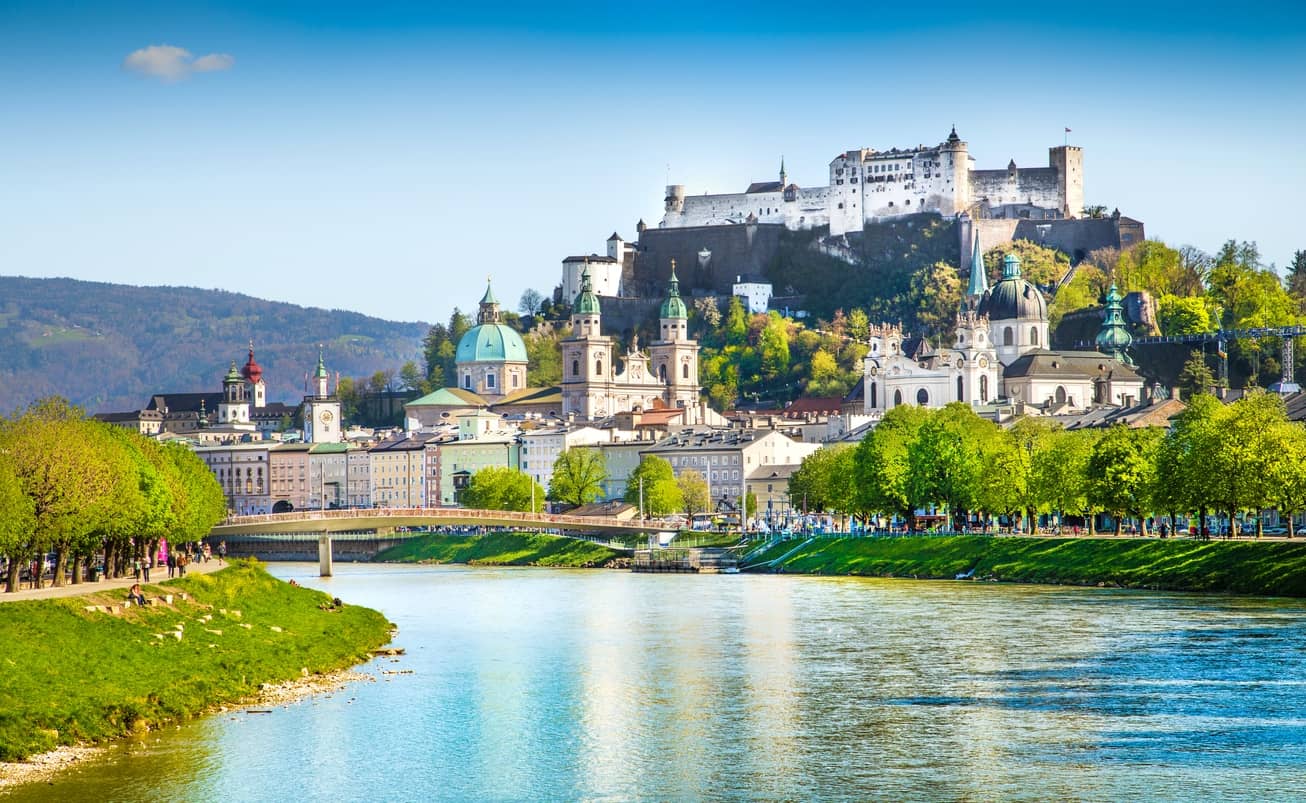
Salzburg’s neat little airport is only a few miles from the city centre, but the range of flights is pretty finite. Ryanair fly here from Stansted, but I prefer to fly to Munich and travel on to Salzburg by train (BA fly direct from Heathrow; Lufthansa fly from Heathrow, Birmingham and Manchester). It’s fun to stop off in Munich, but it’s just as easy to travel straight on to Salzburg. From Munich airport it’s only two hours 20 minutes (with one easy change) to Salzburg’s central station. This summer the journey costs only €9 return on a Deutsche Bahn 9-Euro-Ticket (details from www.bahn.de).
Where to stay
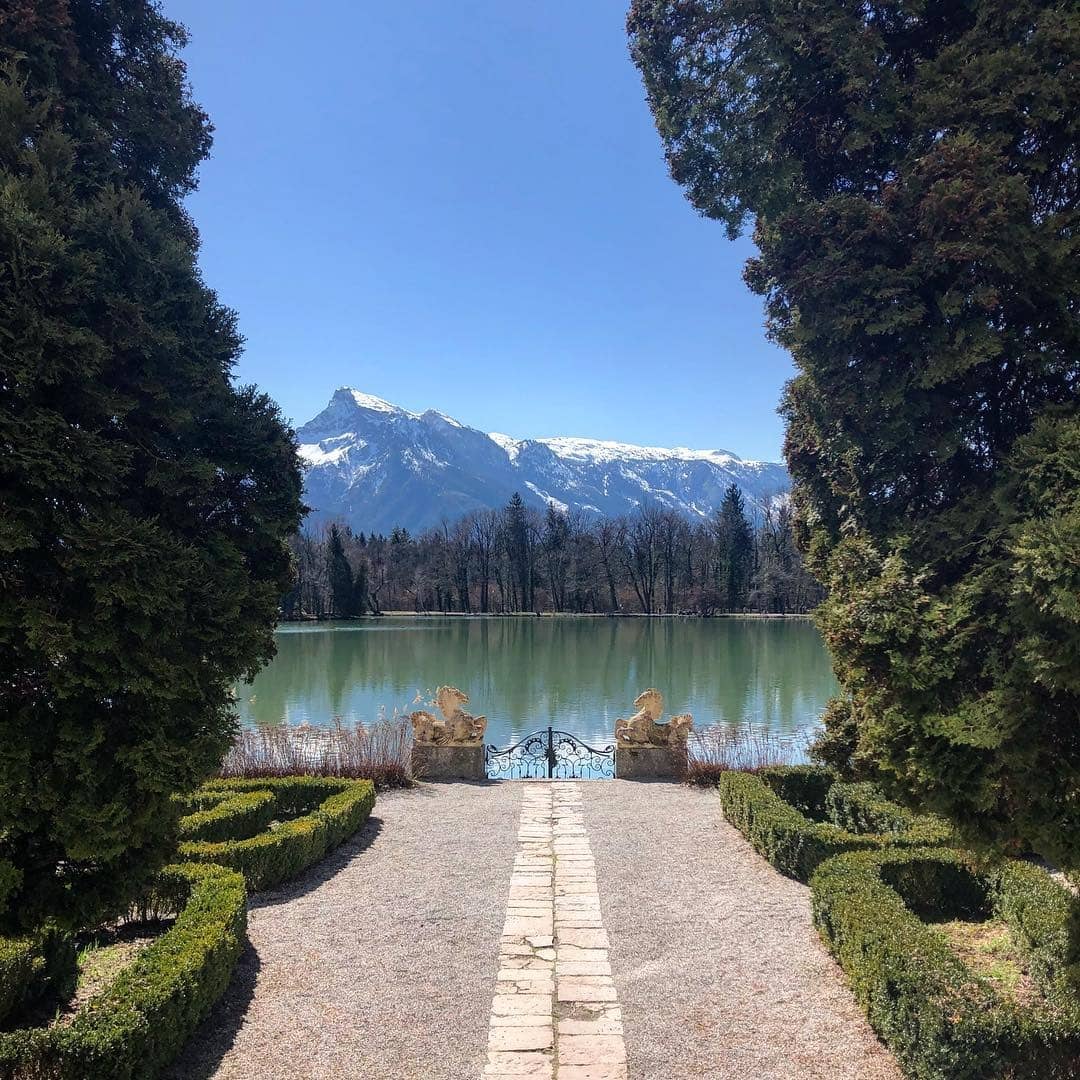
I’ve stayed in half a dozen hotels in Salzburg over the years and I’ve never been disappointed. On previous visits, my favourites were the Blaue Gans, a chic boutique hotel in the Altstadt (old town) and the Auersperg, a friendly family-run four-star in the Neustadt (new town). This time, I split my stay between Hotel Goldgasse and Schloss Leopoldskron and it felt like the best of both worlds. Hotel Goldgasse is a stylish hideaway in a medieval alley in the heart of town; Schloss Leopoldskron (the von Trapp residence in The Sound of Music) is a baroque palace beside a leafy lake on the edge of town. The Schloss, the lake and the surrounding gardens are idyllic, but this isn’t a grand hotel, and though the communal areas are palatial, the bedrooms are refreshingly plain.
Getting around
Despite its monumental centre, befitting a sprawling metropolis, Salzburg is a compact city with only 150,000 inhabitants. So long as you’re fairly fit you can do virtually everything on foot. The reason the city centre is so grand is because of its eccentric history. An ecclesiastic city state, ruled by bishops rather than monarchs, it sidestepped the internecine wars that devastated Early Modern Europe, and during the Counter-Reformation its Catholic rulers rebuilt its medieval centre as an Alpine version of Vatican City.
After Napoleon was vanquished, Salzburg became part of Austria, but the Austrians had little use for it. Bypassed by the Industrial Revolution, it became a cultural capital, renowned for its rich musical heritage. It was bombed during the Second World War, but mercifully its antique core escaped more or less unscathed.
The Salzburg Festspiele, one of the world’s greatest festivals of classical theatre and orchestral music, is the main summertime attraction, but there’s lots to see and do at any time of year. The Altstadt has the most flamboyant architecture, but the Neustadt is equally attractive, with just a fraction of the tourist traffic.
Salzburg is full of museums and historic buildings, and although you won’t have the stamina to see them all, the best way to take your pick is with the Salzburg Card, which buys you entry to dozens of attractions and unlimited public transport too. The architectural highlight is the DomQuartier, a labyrinthine network of churches and palaces from which the archbishops ruled Salzburg and its hinterland. The cathedral is free for services but it’s well worth paying to attend one of the noon concerts, where you’ll hear some wonderful organists at work.
Mozart
Wolfgang Amadeus Mozart was born in Salzburg in 1756, and Salzburg is determined that you’ll never forget it. His pensive face stares back at you from virtually every shop window, and there’s no end of knick-knacks you can buy that bear his portrait, which is ironic because, although he made his name here, Mozart felt stifled by his conservative hometown, and couldn’t wait to leave.
Since his untimely death, in 1791, Salzburg has done its best to make it up to him, and though there’s a fair amount of tourist tat, Salzburg’s two Mozart museums are both places of proper substance: the Mozart Wohnhaus, where he spent his early adulthood, is more informative; the Mozart Geburtshaus, where he spent his childhood, is especially atmospheric.
The Sound of Music
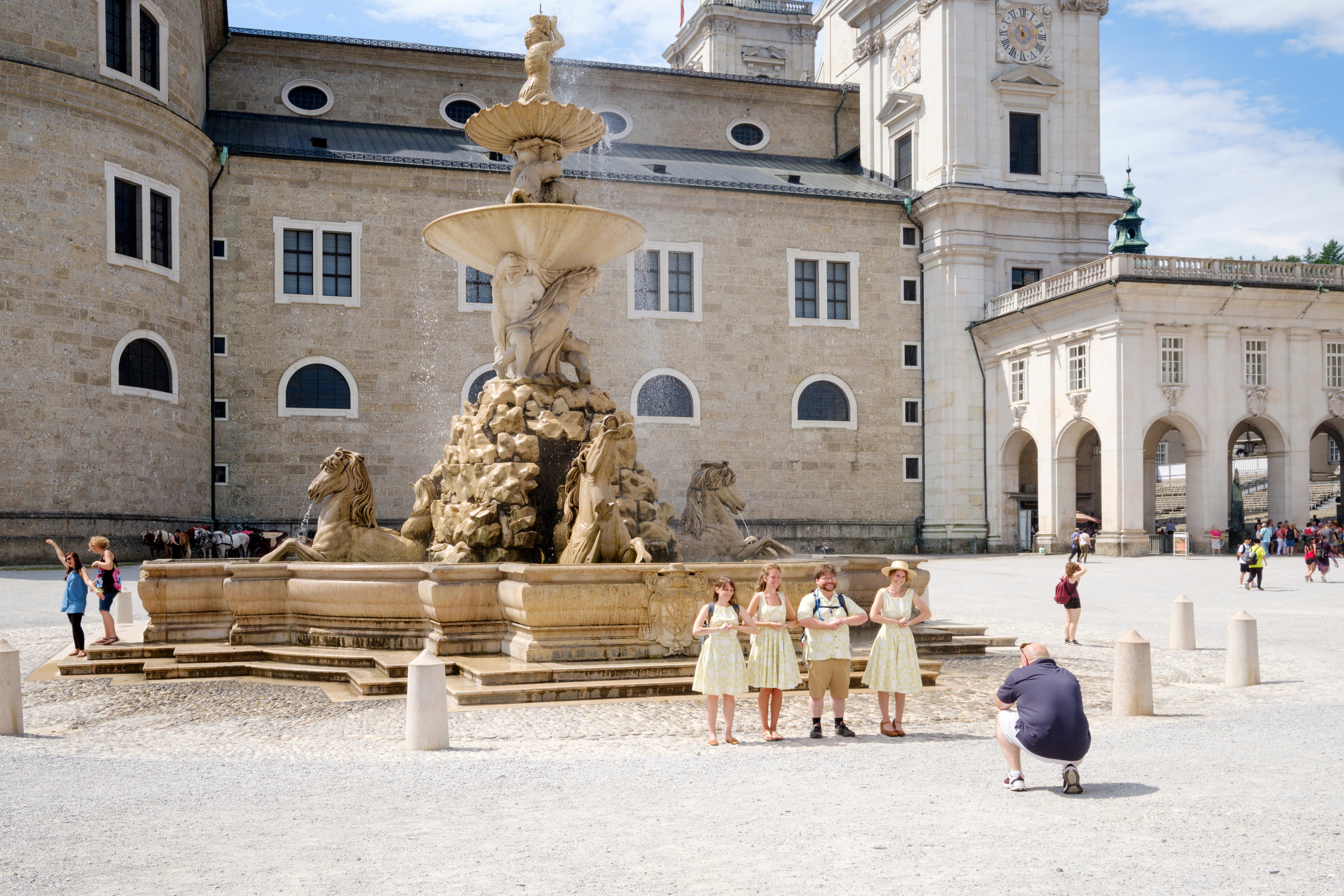
For years, I turned up my snobby nose at Salzburg’s thriving Sound of Music industry, regarding myself as far too refined to tag along on one of these sightseeing charabancs. More fool me. When I finally succumbed, I wished I’d done it years before. The moviemakers chose a superb range of locations – all still here and all still much the same – and since quite a few of them are out of town, a guided tour is by far the easiest way to get around them all. When my daughter came here as a child, she delighted in singing all the songs in their correct locations, and though she’s far too grown-up to do it nowadays, I’m determined to drag her back here one day to sing them all again.
Out of town – Salzburgerland

Most visitors to Salzburg never stray beyond the city limits. They don’t know what they’re missing. The surrounding countryside is spectacular, a patchwork of wooded hills, lush green valleys and turquoise lakes, perfect for hiking, swimming and picnicking. The highlight of my latest visit was a walk around the Fuschlsee, a tranquil lake only a 20-minute drive from Salzburg. We didn’t set out until teatime, but our timing was perfect. Three hours later, just as the light was fading, we arrived back at the little lakeside town of Fuschl am See, where we’d parked our car. Sitting in the garden of a lakeside café, knocking back a cool crisp lager, watching the sun sink behind the mountains, I was already planning my next trip.
For more information about travelling to Austria, visit https://www.austria.info/en

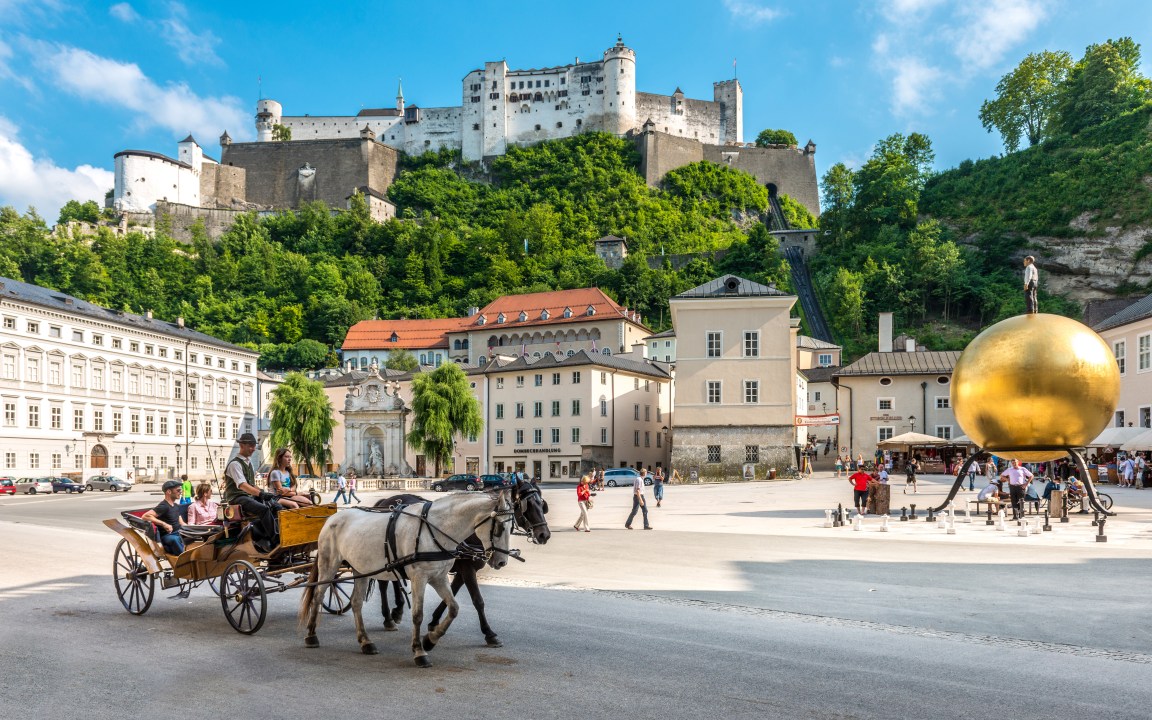
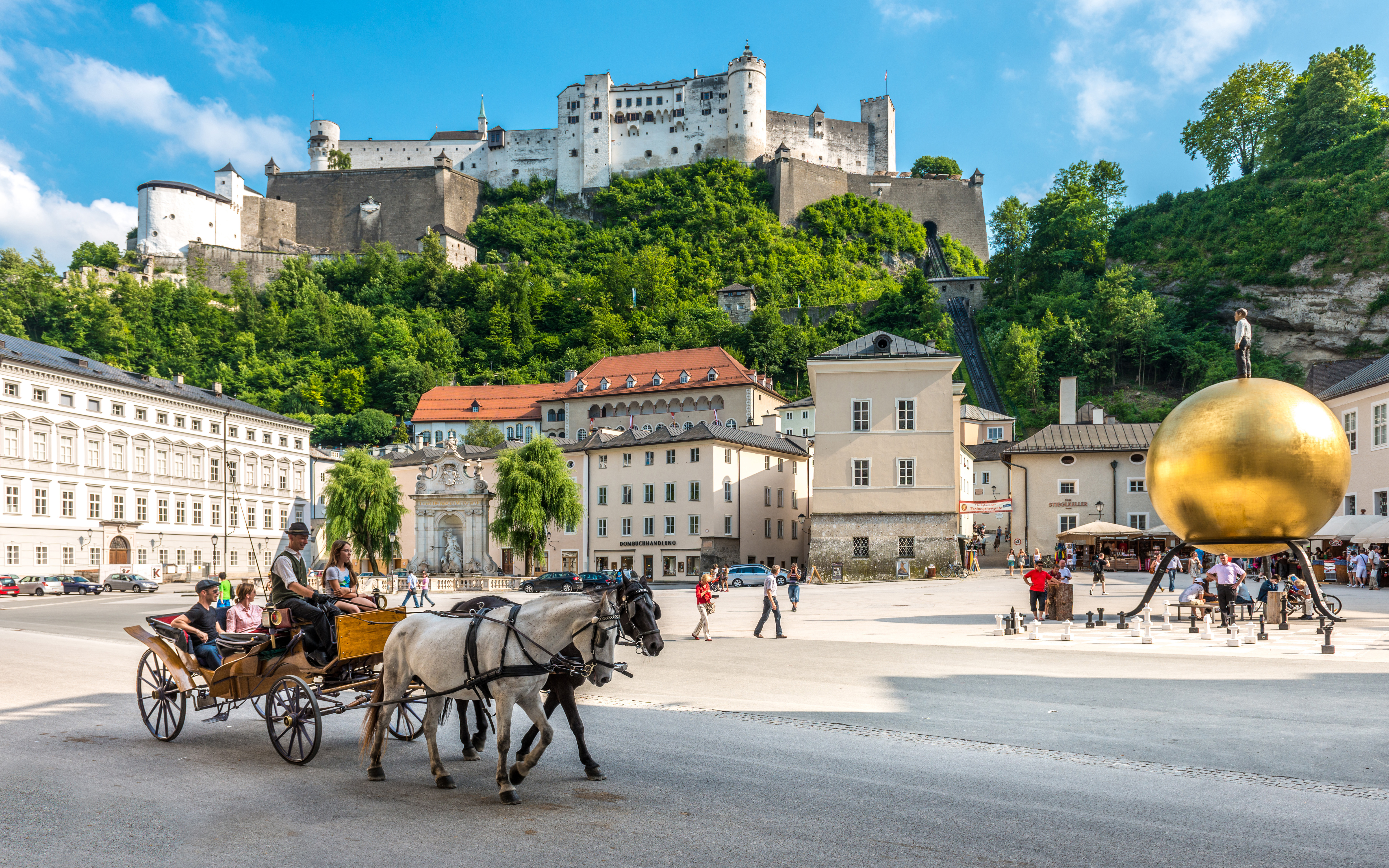




Comments